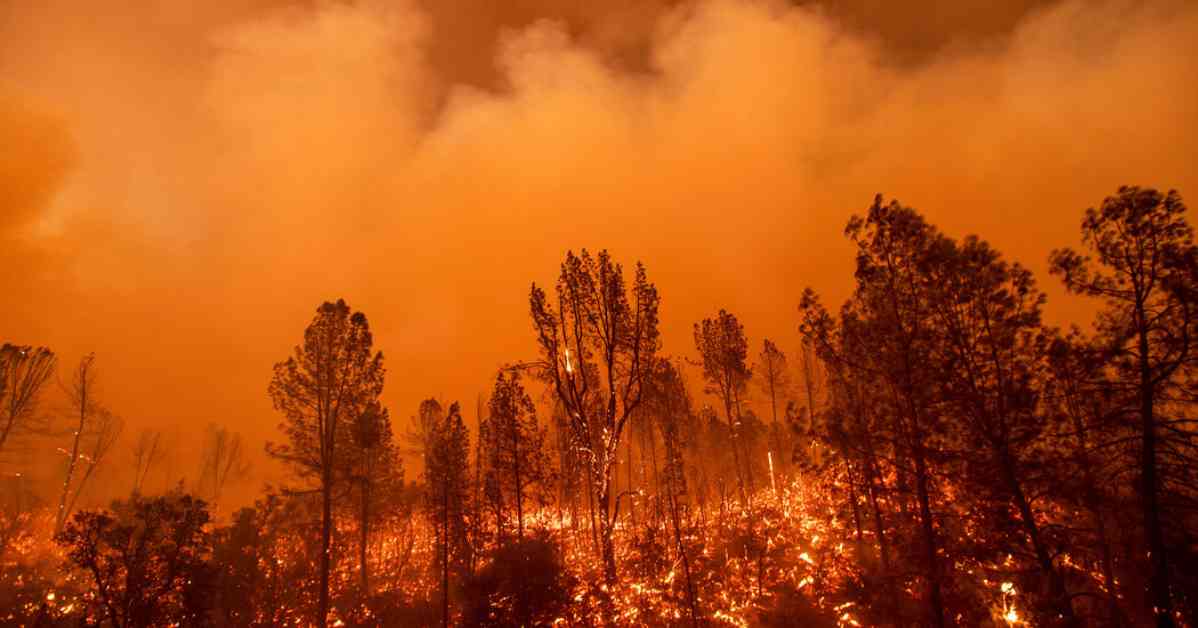Fire officials have a unique way of naming wildfires, and it’s not always as dramatic as you might think. When a recent blaze broke out near the Northern California border, it was simply designated as Bogus. Despite the somewhat lackluster name, the fire was serious enough to prompt evacuations and had already spread to over 400 acres without being fully contained. The name came from the nearby Little Bogus Creek Road, highlighting the practical approach that officials take when naming fires.
Naming wildfires has been a longstanding practice that serves to streamline communication, allocate resources effectively, and keep the public informed. In California, where wildfires are unfortunately common, the list of active fires can be quite extensive and colorful. Names like The Cow fire, The Royal fire, The Pay fire, and The French fire may sound whimsical or random to outsiders, but they actually have a straightforward origin. Most fire names are straightforward references to nearby geographical features, making them more practical than poetic.
For instance, the devastating 2018 Carr fire was named after Carr Powerhouse Road, while the 2017 Nuns fire took its name from Nuns Canyon Road. Even the 2007 Witch fire had a simple explanation – it was named after Witch Creek. The process of naming a fire is often quick and based on the immediate surroundings, with the first official on the scene or a dispatcher providing the initial inspiration. The goal is to choose a name that is tied to a recognizable landmark, such as a road, mountain, or stream. This approach ensures that the name is relevant and helps to avoid confusion during firefighting efforts.
While some fire names may seem uninspired, like the Mountain fire, the Lake fire, or the Creek fire, they all serve a practical purpose in the chaos of a wildfire response. The names are not meant to be flashy or creative; instead, they are meant to provide clear and concise information about the location of the fire. This naming convention has been in place for decades and continues to be an essential part of firefighting operations across the country.
In conclusion, the next time you hear about a wildfire with a seemingly mundane name, remember that there is a method to the madness. Fire officials work quickly to choose names that are informative and easy to understand, ensuring that resources can be allocated efficiently and the public can stay informed. The names may not be flashy, but they are a crucial part of the firefighting process.




